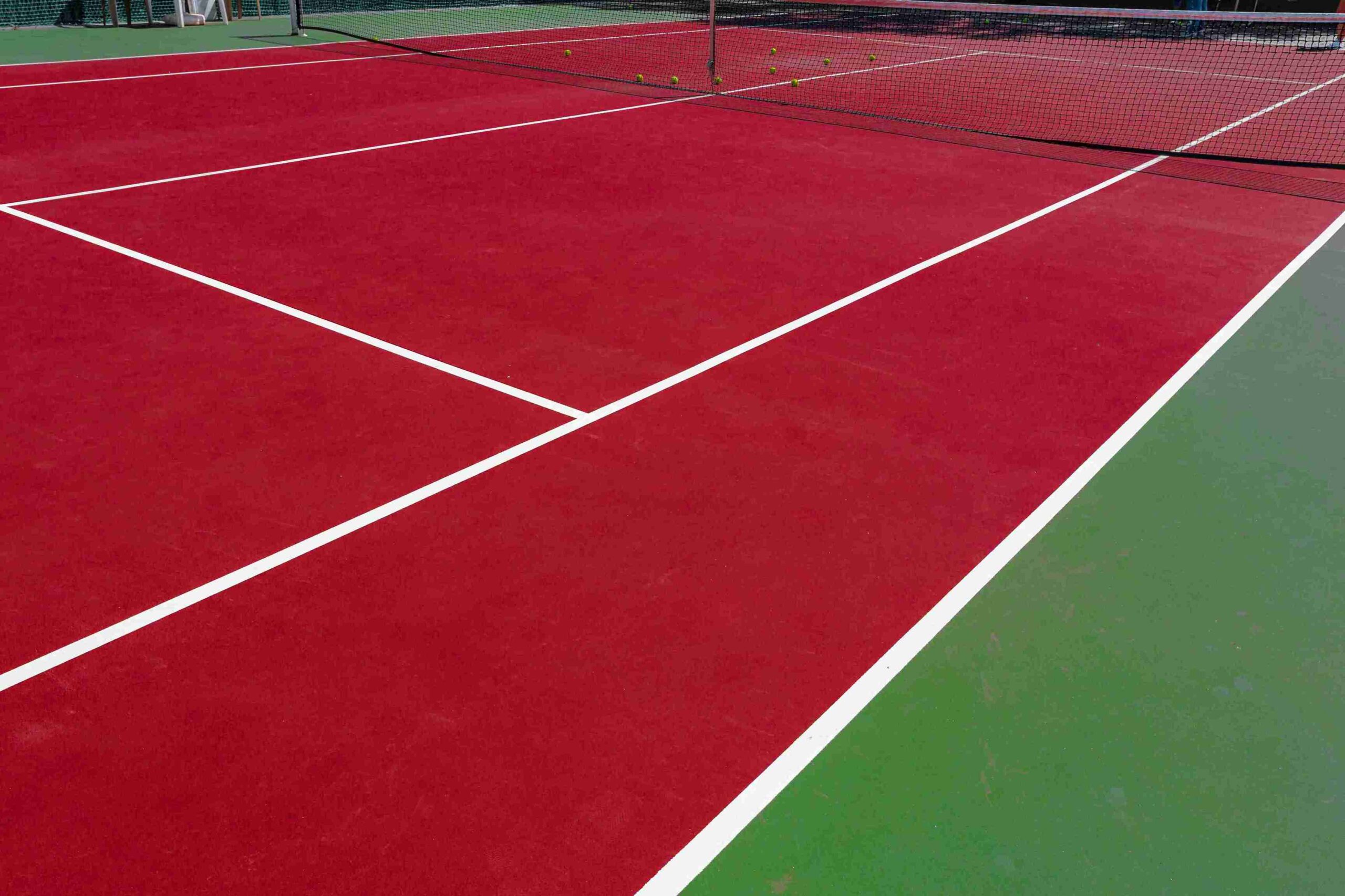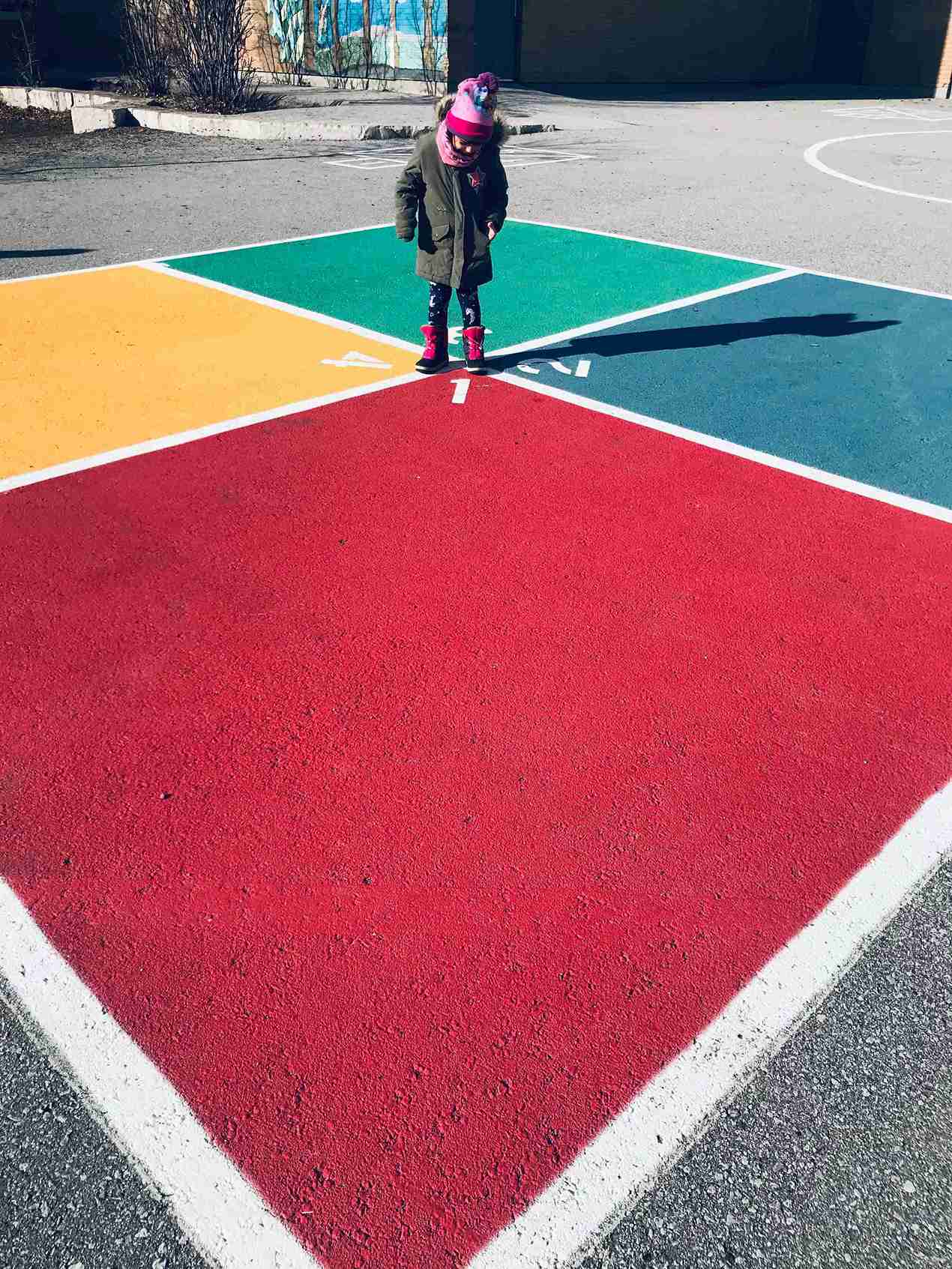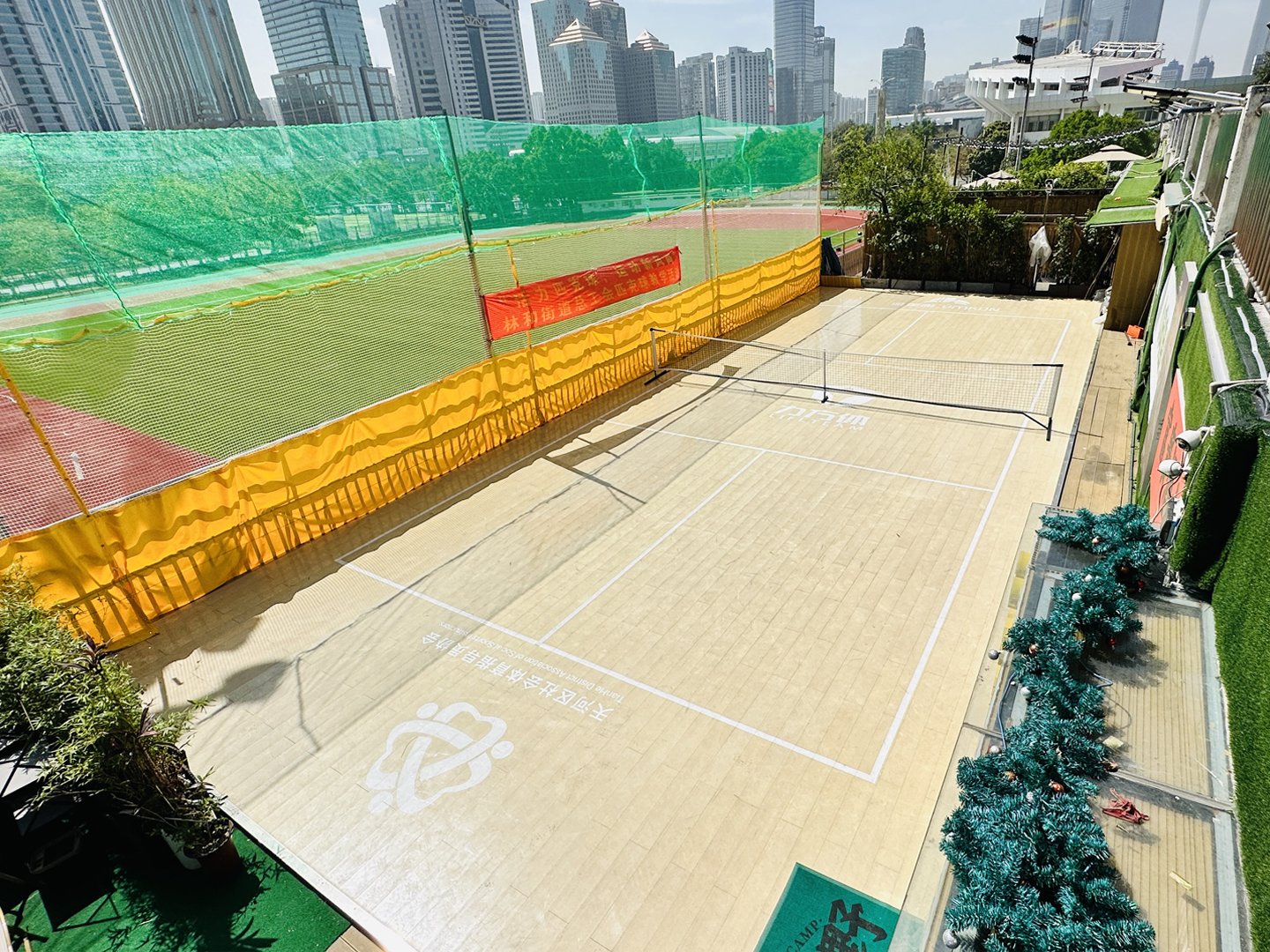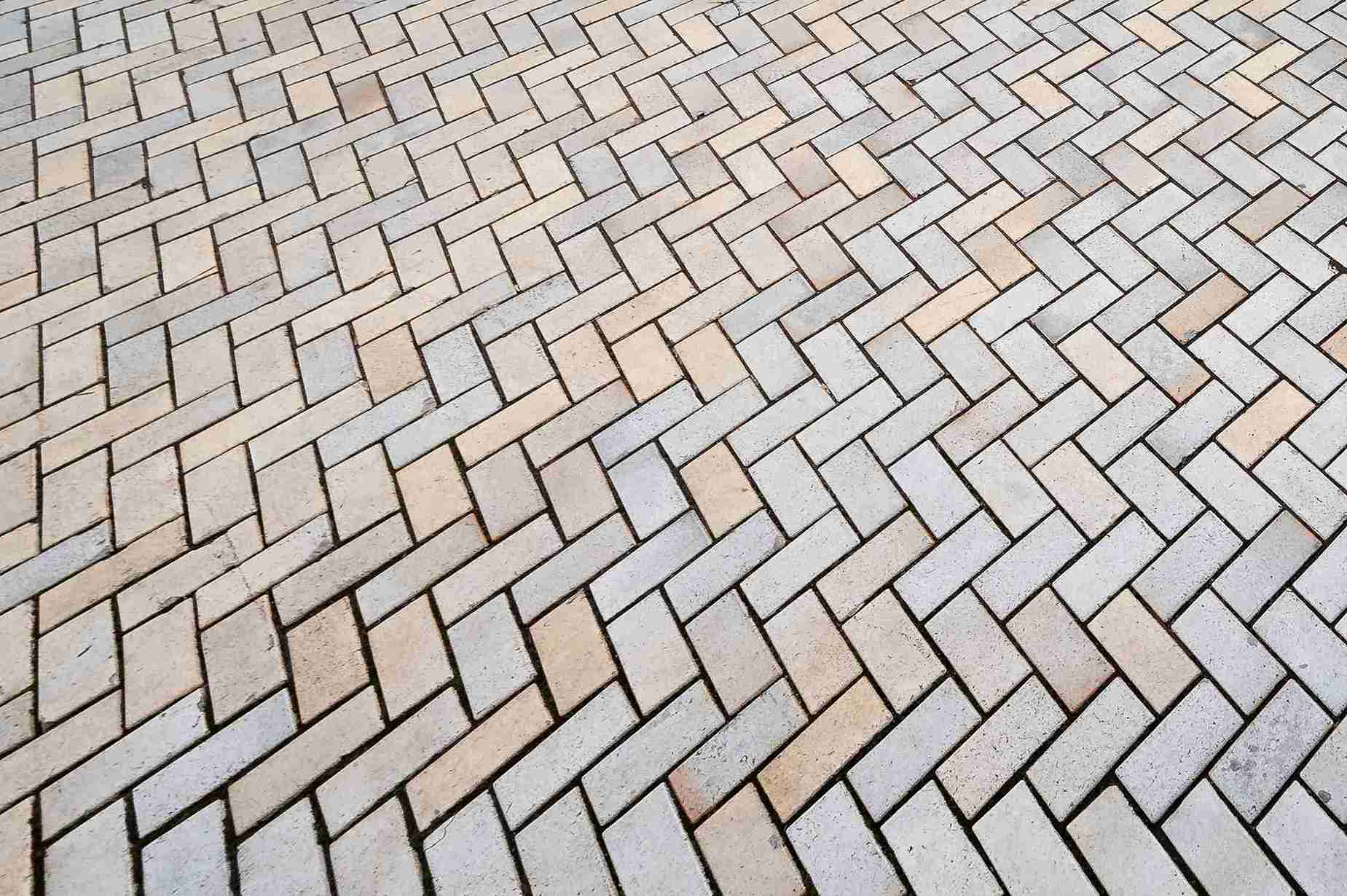Resilient sports flooring is a popular choice for gyms, fitness centers, and indoor sports facilities due to its durability, comfort, and performance-enhancing qualities. Whether you’re designing a new space or upgrading an existing one, choosing the right flooring is crucial for both safety and functionality.
This article will explore the key benefits of resilient sports flooring, compare the different types available, and provide expert tips on how to select the best option for your needs. Whether you’re looking for shock absorption, ease of maintenance, or aesthetics, understanding your options will help you make an informed decision.
What Is Resilient Sports Flooring?
Resilient sports flooring refers to a type of flooring specifically designed to provide a combination of durability, shock absorption, and comfort, making it ideal for athletic and high-impact environments. Unlike traditional flooring, resilient sports floors are engineered to withstand the demands of intense physical activity, providing a safe surface that reduces the risk of injury.
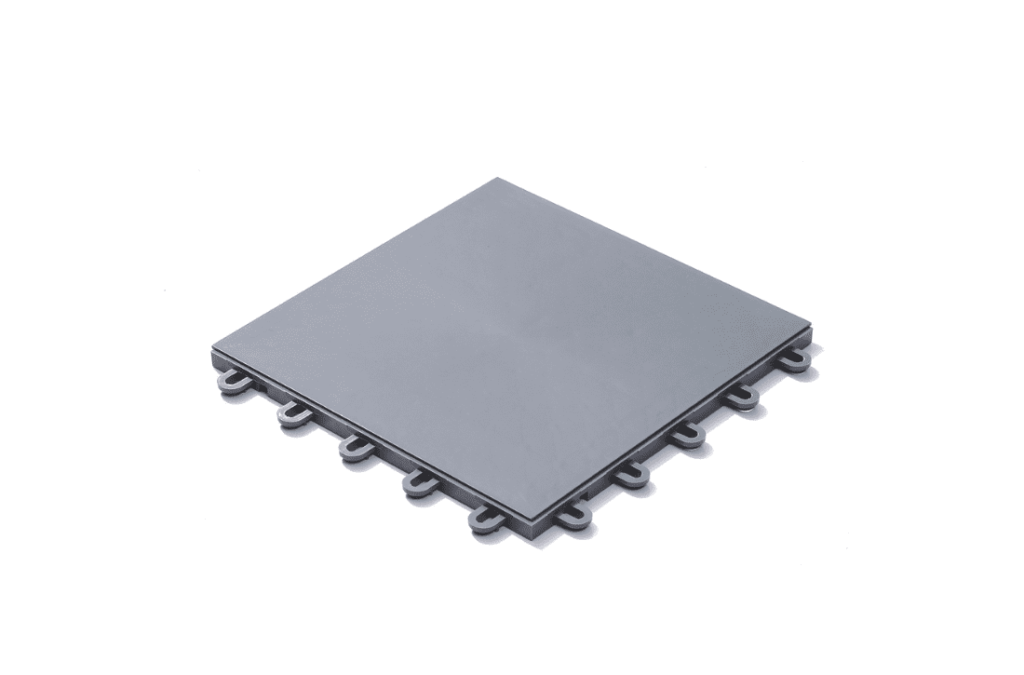

These floors are typically made from materials like rubber, vinyl, polyurethane, or synthetic turf, each offering unique features such as moisture resistance, slip resistance, and impact protection. Resilient flooring helps absorb the shock from jumps, sprints, and sudden movements, reducing stress on joints and muscles.
This makes it especially important in environments like gyms, sports courts, fitness centers, and indoor tracks, where athletes need a reliable, safe surface to perform at their best.
Why Is Resilient Flooring Essential for Sports and Athletic Activities?
Resilient flooring is essential for sports and athletic activities because it provides the necessary combination of durability, safety, and comfort for active environments. The flexibility of resilient flooring helps absorb shock, reducing the risk of injuries like sprains or joint strain, which is particularly important during high-impact activities such as running or jumping.
It also offers excellent traction, helping athletes maintain grip and stability while performing. Moreover, high-quality resilient sports flooring is designed to withstand heavy foot traffic, equipment use, and frequent cleaning, making it a long-lasting and low-maintenance option for gyms, courts, and fitness centers.
By providing a safe, comfortable surface, resilient flooring for athletes ensures athletes can perform at their best while minimizing the risk of accidents.
What Are the Different Types of Resilient Sports Flooring?
There are several types of resilient sports flooring, each with unique features and benefits to suit different athletic needs. Here are the most common types:
1. Rubber Flooring: Known for its excellent shock absorption and durability, rubber flooring is a popular choice for gyms, weight rooms, and indoor tracks. It provides great cushioning, making it ideal for high-impact sports, and is also resistant to wear, stains, and moisture.
2. Vinyl Flooring: Vinyl sports flooring is versatile, easy to maintain, and available in various designs. It offers good resilience and slip resistance, making it suitable for multipurpose courts, dance studios, and gyms. Vinyl is also cost-effective and provides a smooth, cleanable surface.
3. Wood Flooring: Traditional hardwood floors are often used in indoor basketball and volleyball courts. Wood offers an attractive and professional aesthetic, along with good shock absorption. However, it requires regular maintenance to keep it in optimal condition.
4. Polyurethane Flooring: Polyurethane flooring is highly durable and offers excellent elasticity and resilience. It is commonly used in professional sports facilities and is perfect for high-intensity sports that require quick movements, like basketball and tennis.
5. Cork Flooring: While not as common, cork flooring provides a natural, sustainable option with good shock absorption and sound insulation. It’s ideal for lower-impact sports or areas where comfort and quiet are priorities.
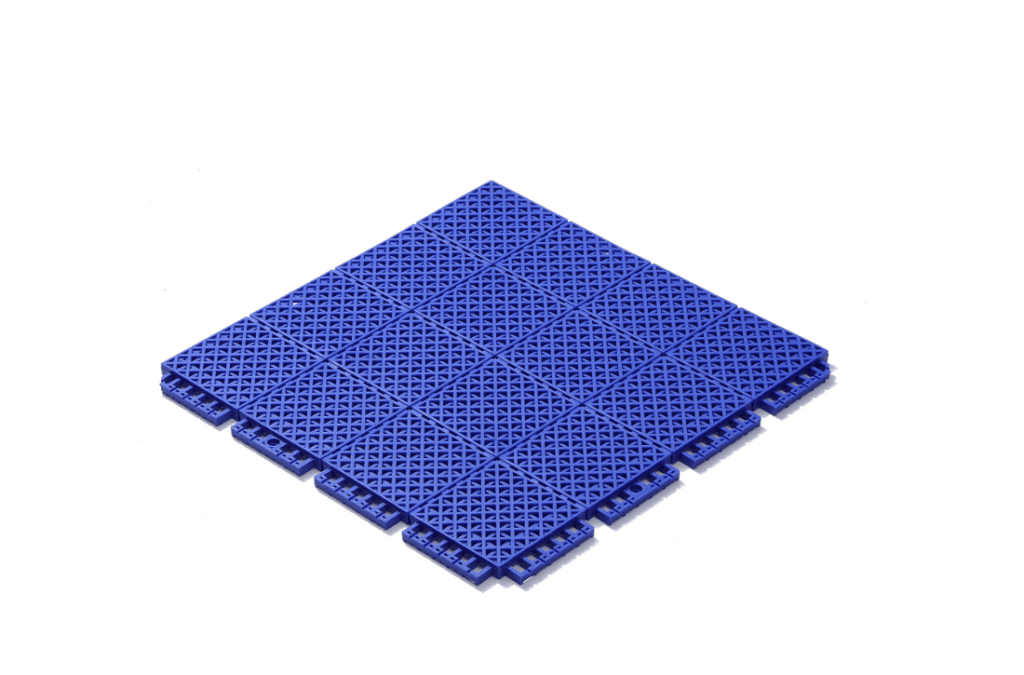

6. Athletic Turf: Used primarily for sports like soccer, football, and field hockey, athletic turf mimics the feel of grass while providing a durable, all-weather surface that can handle intense physical activity.
Each type of flooring offers distinct advantages depending on the sport, usage, and aesthetic preferences of the facility.
How Does Resilient Sports Flooring Compare to Traditional Flooring Options?
Resilient sports flooring offers several key advantages over traditional flooring options, making it the preferred choice for athletic environments. Unlike conventional flooring materials such as hardwood, tile, or concrete, premium resilient sports flooring is specifically designed to absorb shock and provide cushioning, which helps reduce the risk of injuries like sprains and joint strain. Traditional flooring options, while durable, do not offer the same level of impact resistance, which can lead to increased stress on athletes’ bodies during high-intensity activities.
Additionally, resilient sports flooring typically features slip-resistant surfaces, offering better traction to prevent accidents, while traditional floors may become slippery when wet. Resilient floors, such as rubber or vinyl, are also easier to maintain and clean, as they are resistant to stains, moisture, and wear, whereas traditional floors may require more frequent upkeep, especially in high-traffic areas.
Moreover, resilient sports flooring is often more customizable in terms of design and can be tailored for specific sports or activities, offering versatility in both aesthetic and functionality. Traditional flooring, on the other hand, may not provide the same level of flexibility in meeting the specialized needs of sports facilities.
What Materials Are Used in Resilient Sports Flooring?
Resilient sports flooring is made from a variety of materials, each designed to offer specific benefits like shock absorption, durability, and comfort. Common materials used includes the following:
1. Rubber: One of the most popular materials for sports flooring, rubber provides excellent shock absorption, durability, and slip resistance. It’s ideal for gyms, fitness centers, and areas with heavy foot traffic. Rubber flooring is also moisture-resistant and easy to clean.
2. Vinyl: Vinyl sports flooring is versatile, cost-effective, and low-maintenance. It’s available in a wide range of colors and patterns, making it suitable for multipurpose sports courts, gyms, and dance studios. Vinyl offers good resilience and slip resistance but is typically less cushioned than rubber.
3. Polyurethane: Polyurethane flooring is highly durable, elastic, and resistant to wear and tear. It’s ideal for high-performance sports facilities, providing a resilient surface that offers excellent shock absorption and comfort for activities like basketball, volleyball, and indoor running tracks.
4. Cork: Though less common, cork flooring offers a sustainable, natural option for sports areas. It provides moderate shock absorption and sound insulation, making it suitable for lower-impact sports or indoor spaces where noise reduction is important.
5. Wood (Sports-Specific Hardwood): While traditionally used for basketball and volleyball courts, wood can also be considered resilient if treated properly. Sports-specific hardwood floors are designed for optimal performance, offering natural shock absorption and a professional aesthetic.


6. Synthetic Turf: Used primarily for sports like soccer and football, synthetic turf mimics the feel of natural grass while providing a durable, all-weather surface. It’s ideal for outdoor sports or facilities that need a grass-like surface without the maintenance.
Each material has its own strengths, making it important to choose the right type based on the intended use of the space, budget, and maintenance requirements.
How Can You Choose the Right Resilient Sports Flooring for Your Facility?
Choosing the right resilient sports flooring for your facility requires careful consideration of several factors to ensure optimal performance and durability. First, assess the type of activities your facility will host.
For high-impact sports like basketball or weightlifting, rubber or polyurethane flooring may be the best option due to their superior shock absorption and durability. If your facility needs a versatile, low-maintenance solution for multipurpose spaces, vinyl flooring might be ideal. Consider the level of traffic as well. High-traffic areas require flooring that is resistant to wear and easy to maintain, like rubber or vinyl.
Additionally, think about the long-term costs, including installation and upkeep. Aesthetic preferences also play a role, as different materials offer various design options, from neutral tones to vibrant colors.
Finally, take into account any specific requirements, such as slip resistance, noise reduction, or the need for moisture resistance. By aligning these factors with your facility’s needs, you can select the most suitable resilient sports flooring that enhances performance, safety, and longevity.
What Are the Advantages of Using Resilient Flooring in Sports Facilities?
Resilient flooring offers numerous advantages in sports facilities, making it a preferred choice for athletes and facility managers alike. The primary benefit is its shock-absorbing properties, which reduce the risk of injury by minimizing the impact on joints during activities such as running, jumping, or weightlifting. Resilient floors also provide excellent traction, preventing slips and falls, which is crucial for safety.
Additionally, these floors are durable and resistant to wear, moisture, and heavy foot traffic, making them ideal for high-usage areas. Easy to clean and maintain, resilient flooring ensures a hygienic environment and reduces long-term upkeep costs.
Lastly, it offers noise reduction, making it beneficial for noise-sensitive areas, such as gyms or fitness studios, where minimizing sound is important.
What Are the Maintenance Requirements for Resilient Sports Flooring?
Top-rated resilient flooring materials for sports venues is relatively low-maintenance compared to other types of flooring, but it still requires regular care to maintain its appearance and performance. Routine cleaning typically involves sweeping or vacuuming to remove dirt and debris, followed by mopping with a mild detergent or a floor-specific cleaner.
Rubber and vinyl floors may need occasional deep cleaning to remove built-up residue and stains. For areas with high foot traffic, periodic reconditioning or resurfacing might be necessary to maintain the flooring’s integrity. It’s also important to regularly inspect the flooring for any signs of wear, cracks, or damage and address these issues promptly to avoid further deterioration.
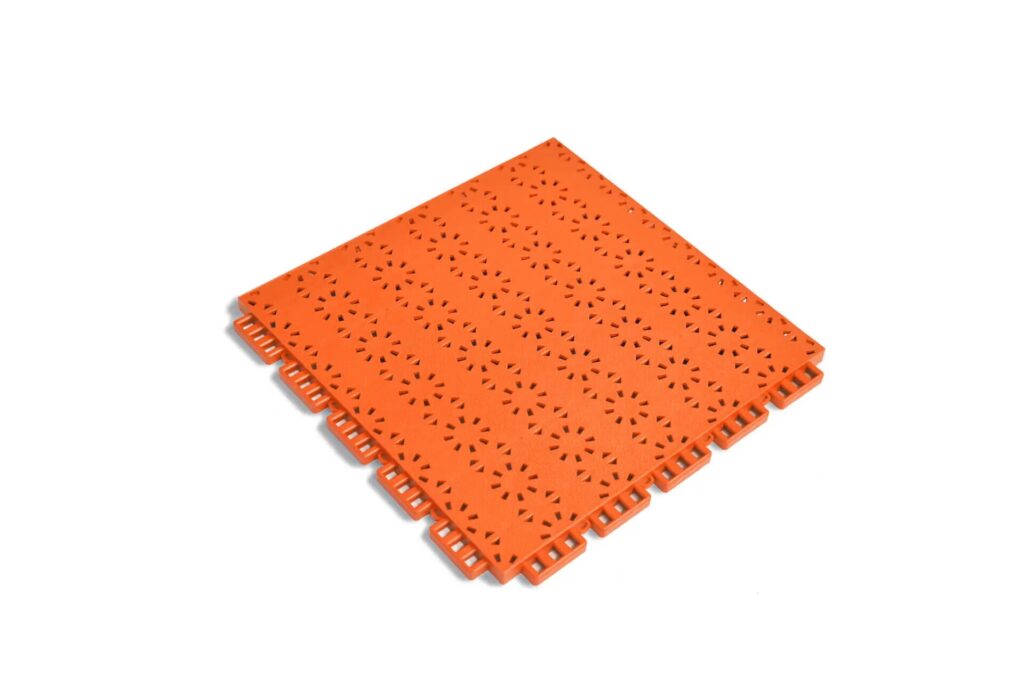

While resilient sports flooring is designed to be durable, proper care ensures it remains in optimal condition for a longer lifespan.
The Bottom Line
In conclusion, resilient sports flooring wholesale offers significant advantages for sports facilities, from enhanced safety and durability to low-maintenance care. With its shock absorption, traction, and long-lasting performance, it’s the ideal choice for environments that require high-functionality and protection.
By selecting the right type of resilient flooring and maintaining it properly, you can ensure that your facility meets the needs of athletes while maintaining a professional and safe environment. If you’re ready to upgrade your sports facility with the best flooring solution, contact us today to get a quote. Let us help you create a space that supports both performance and safety!


